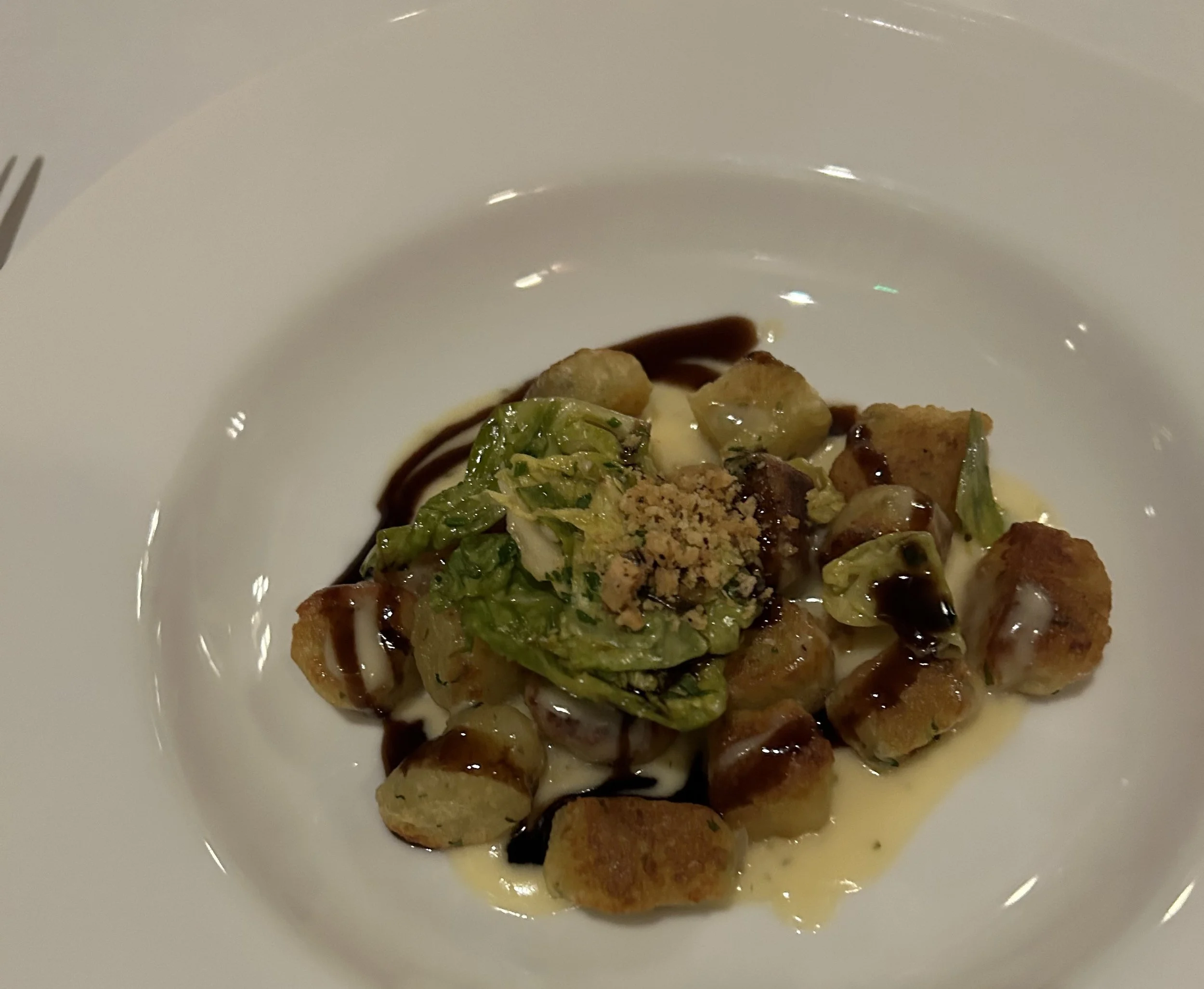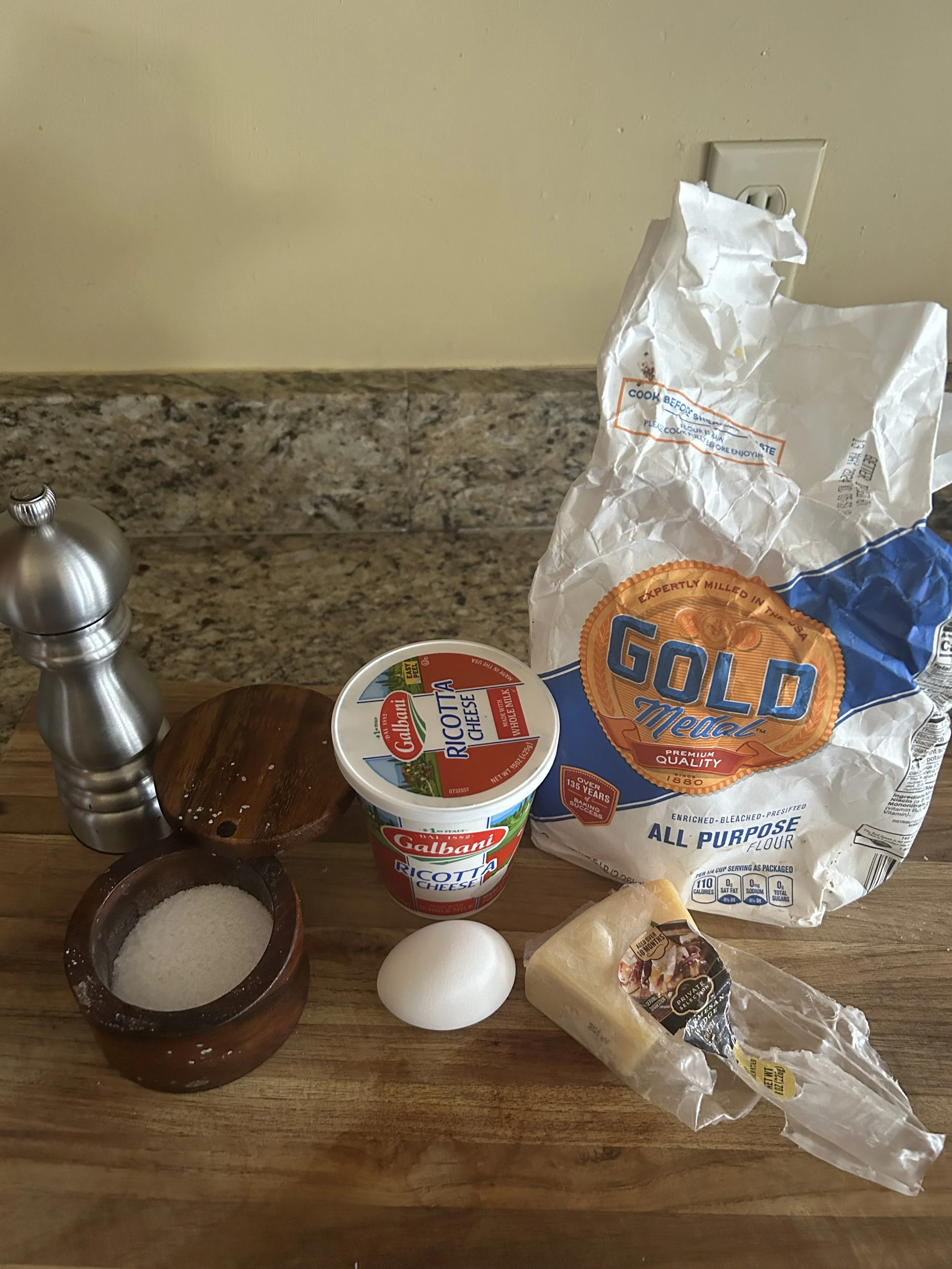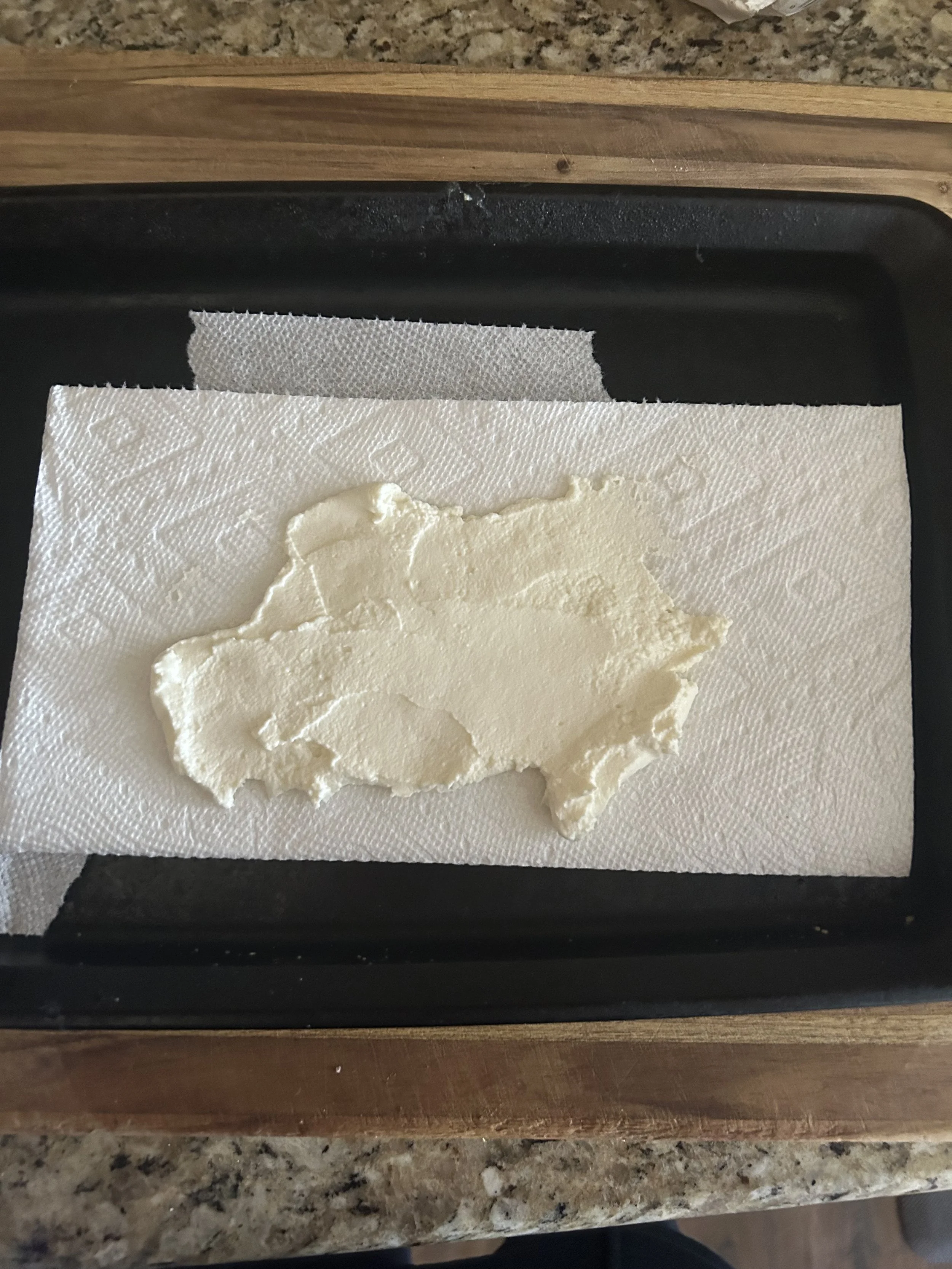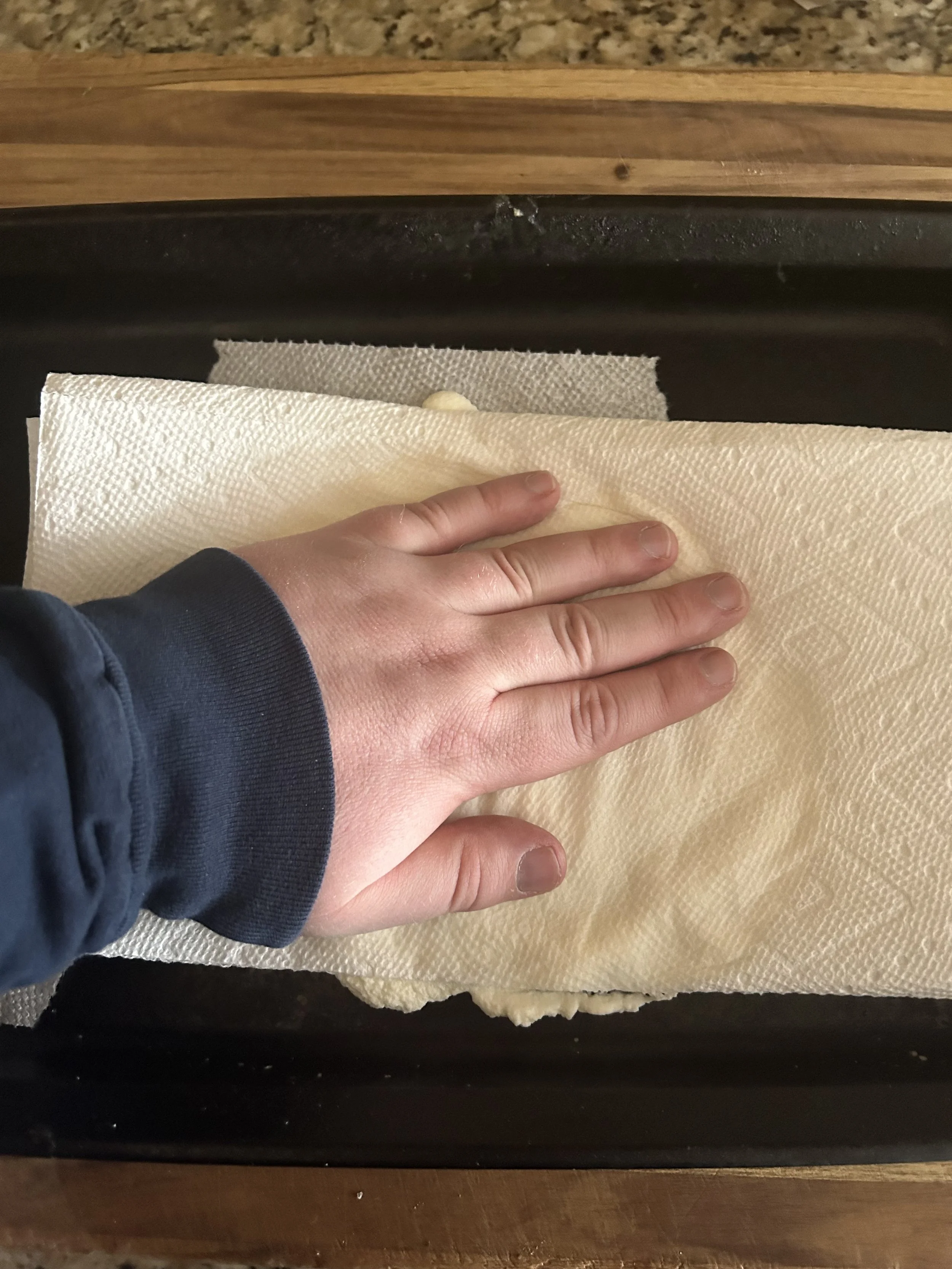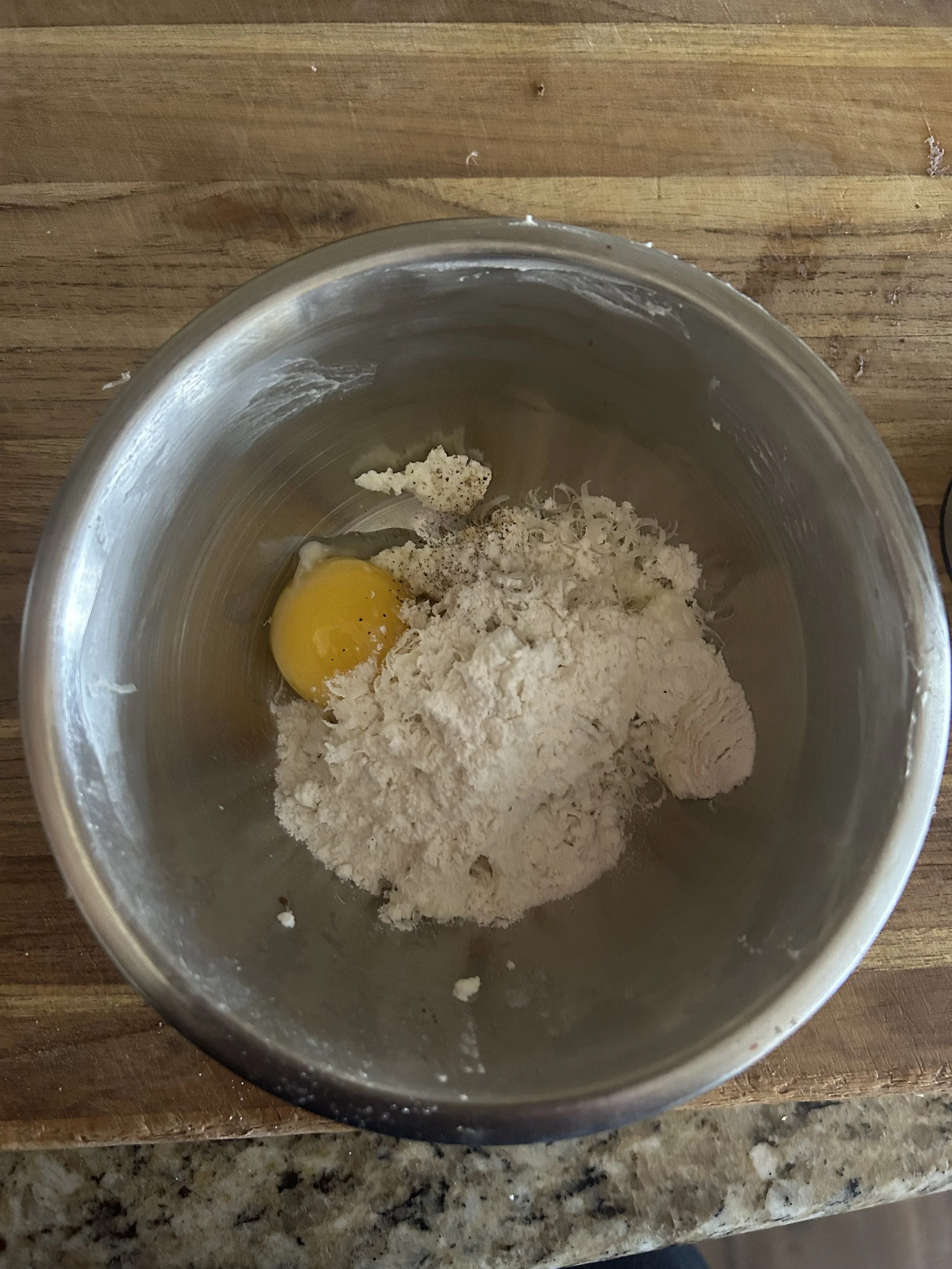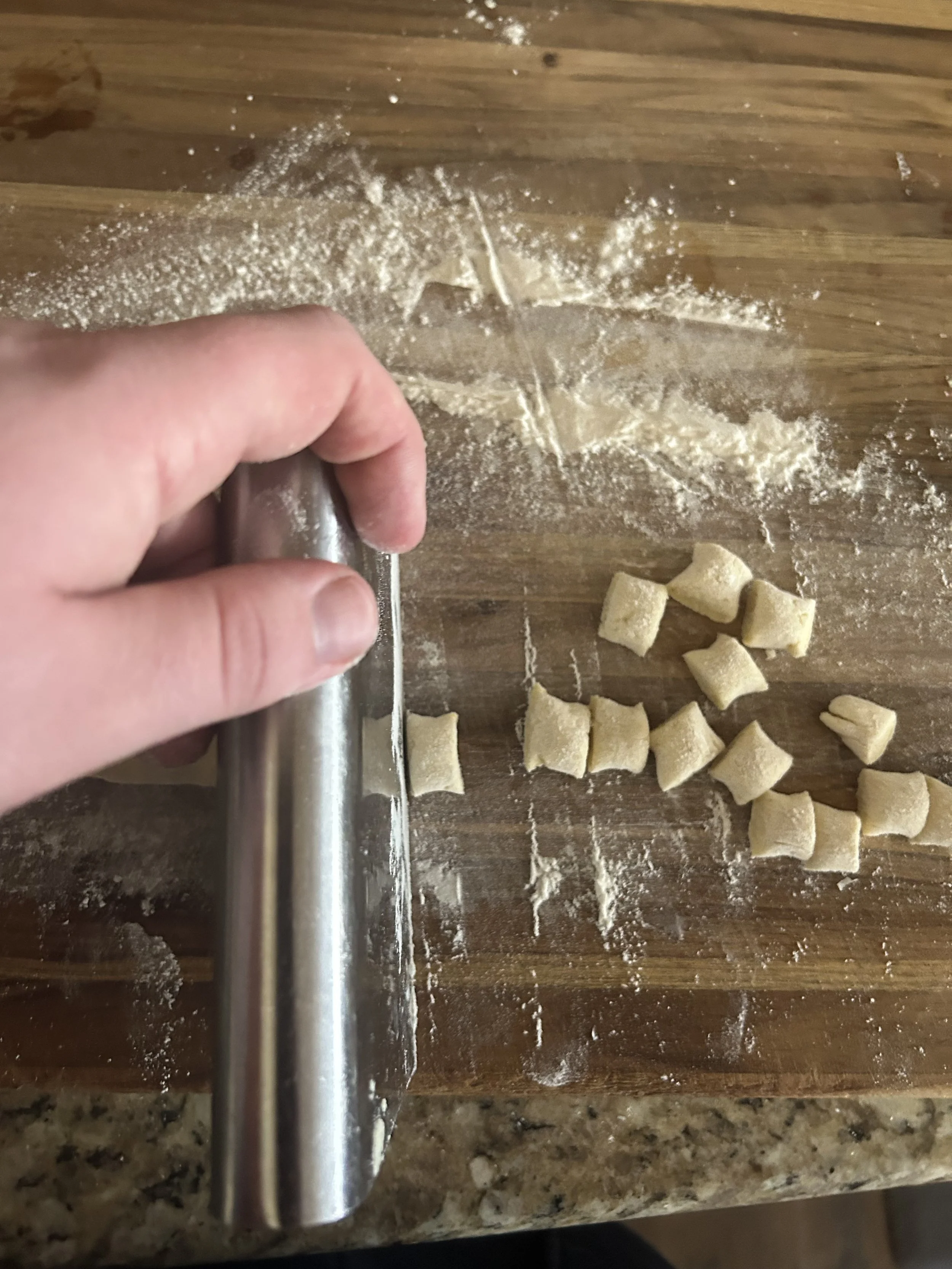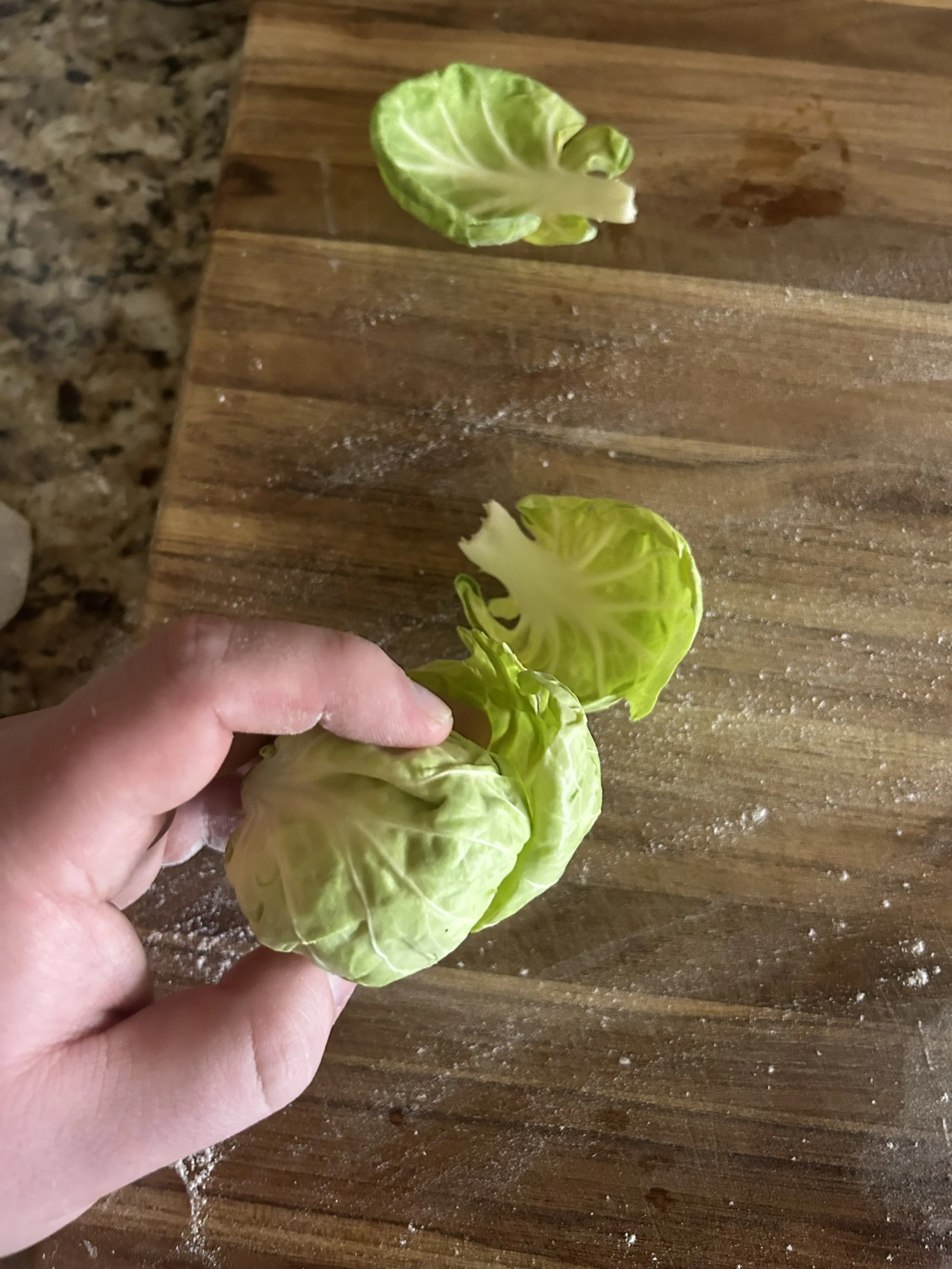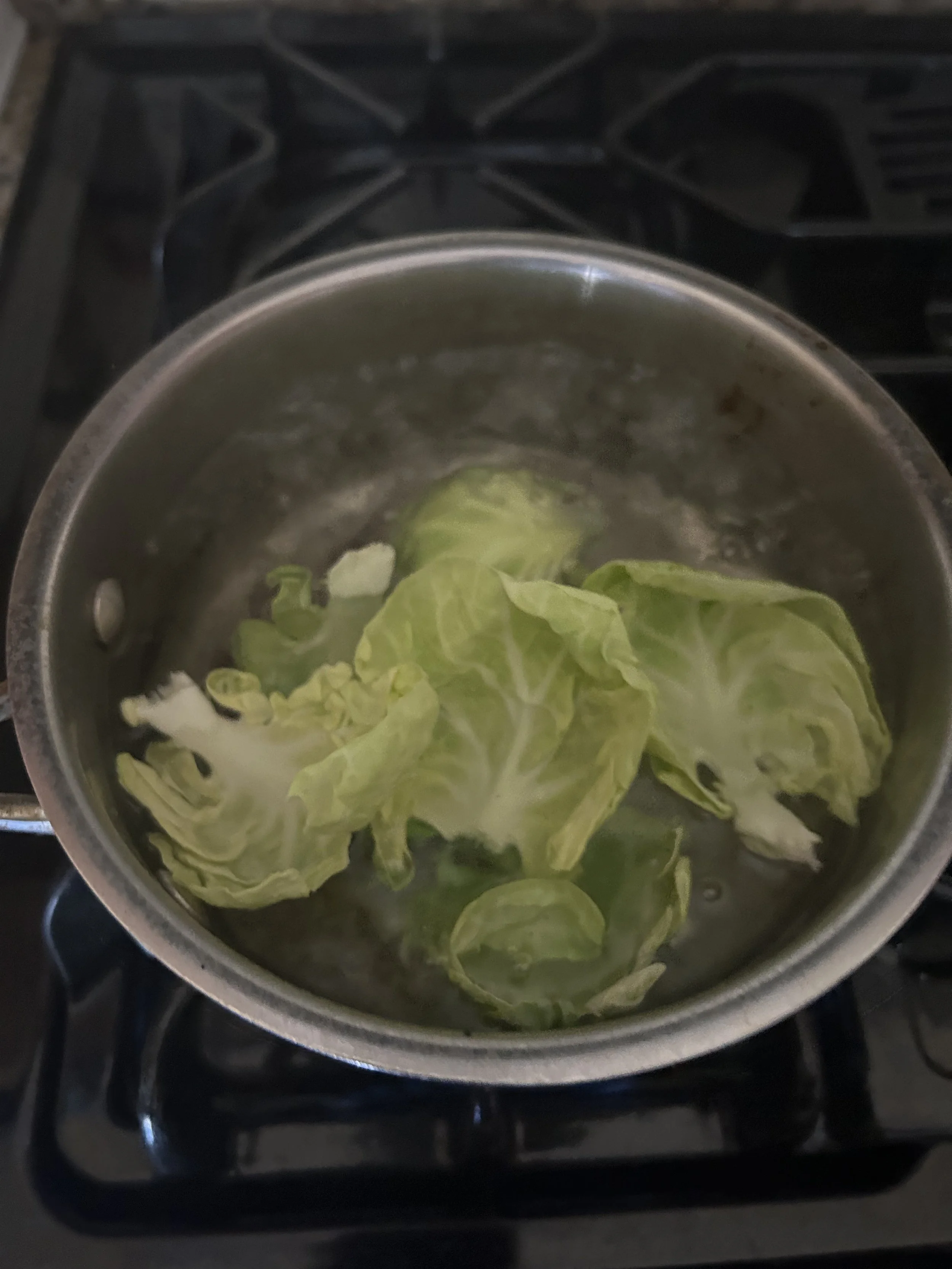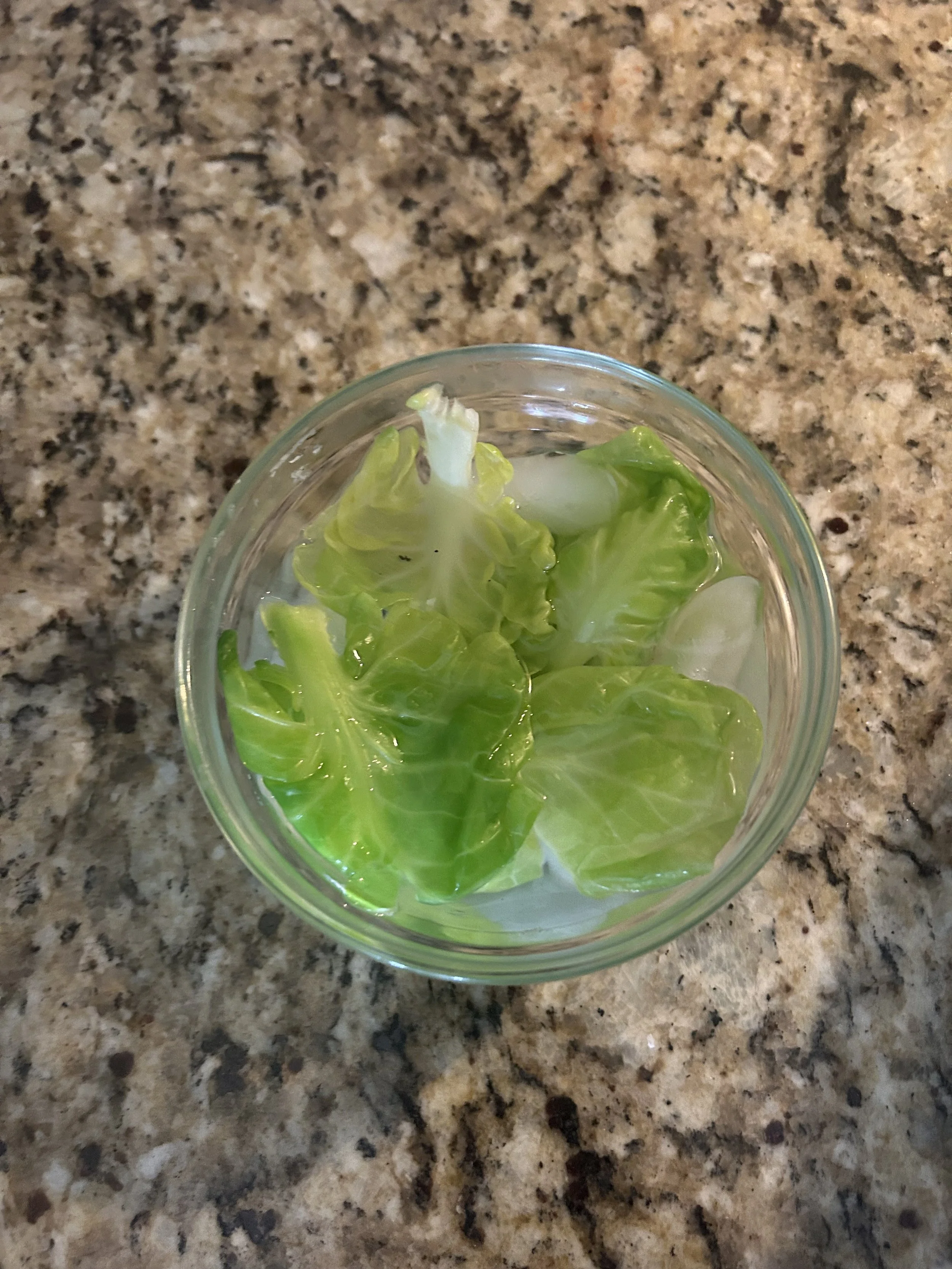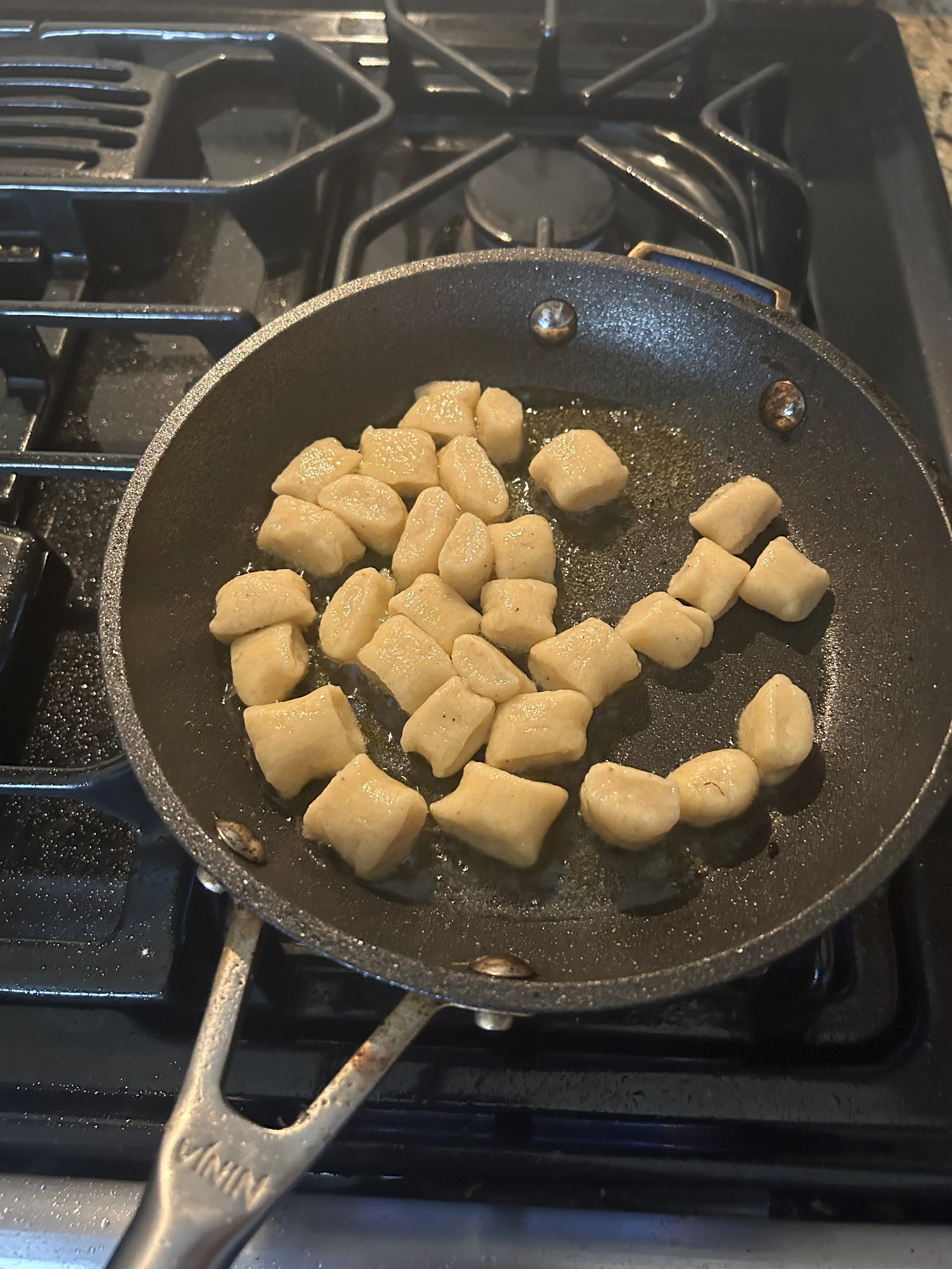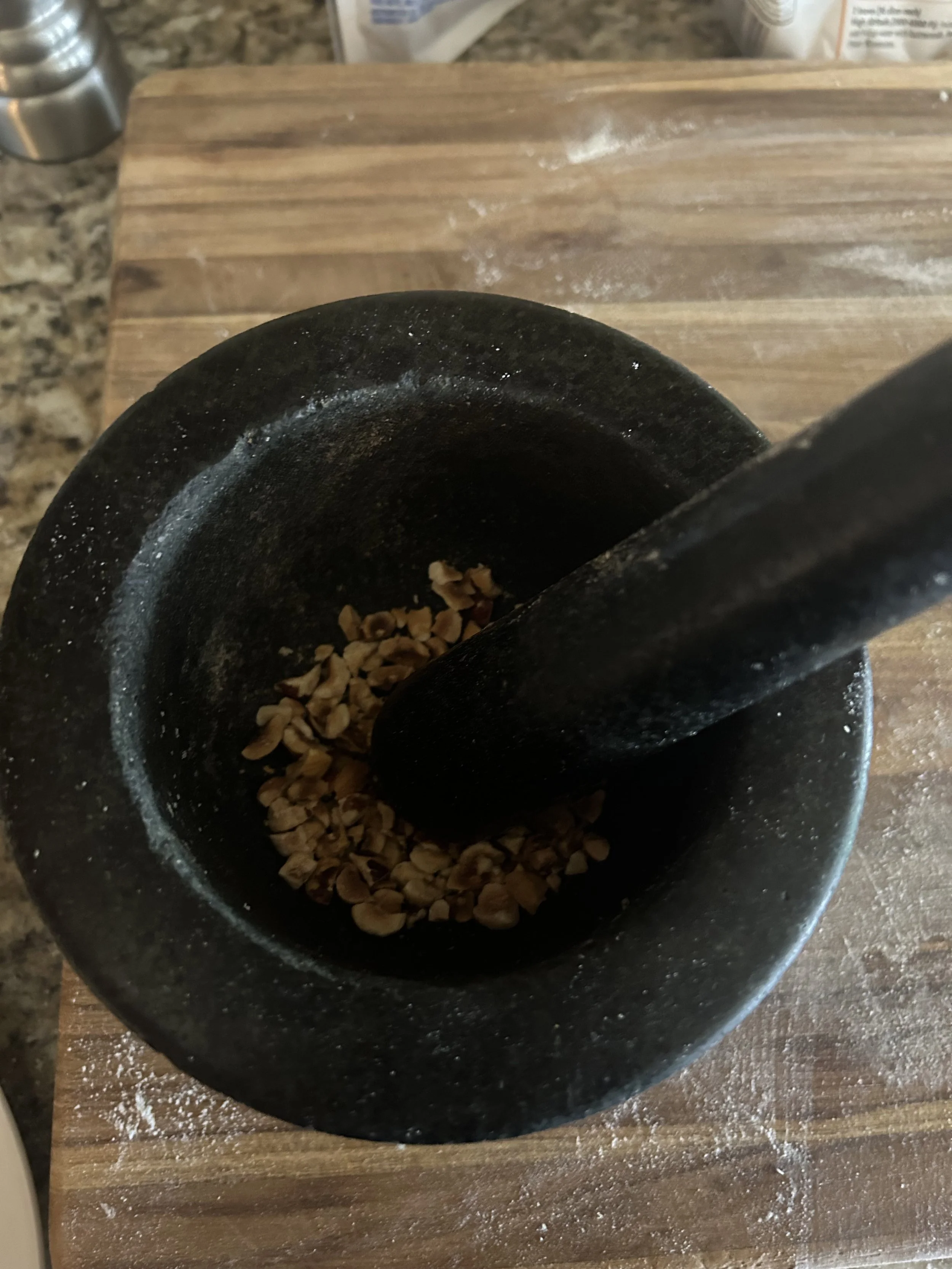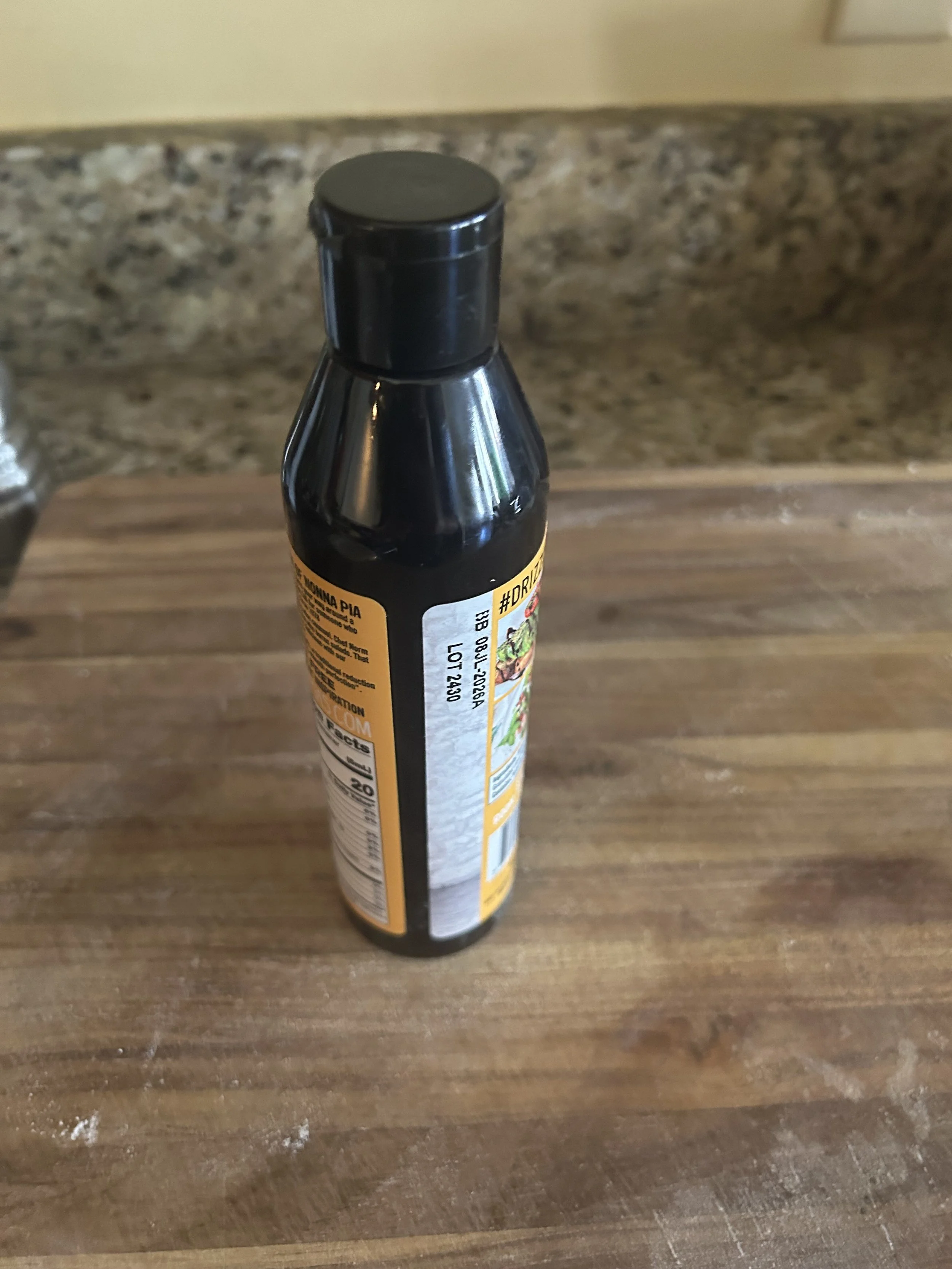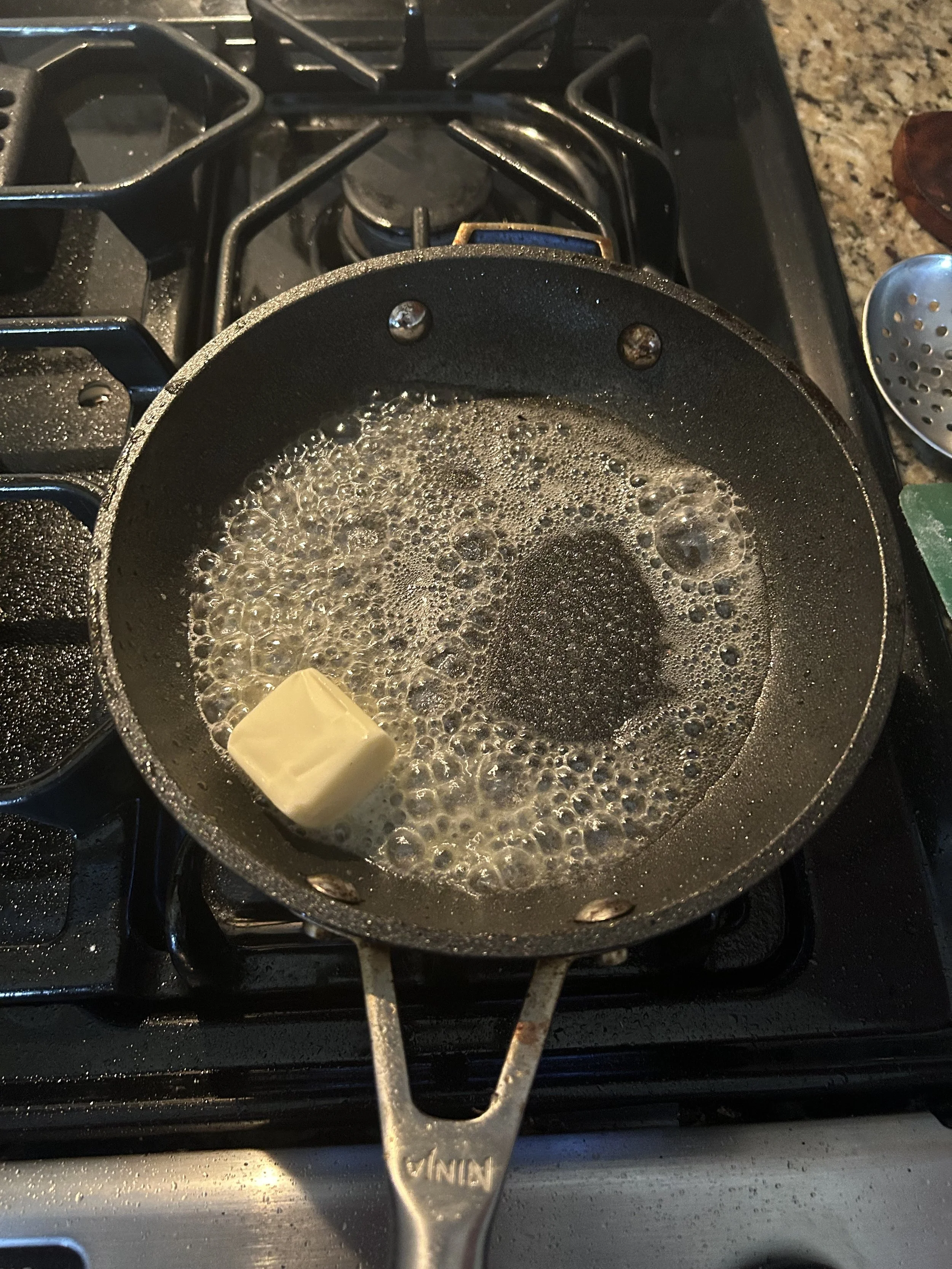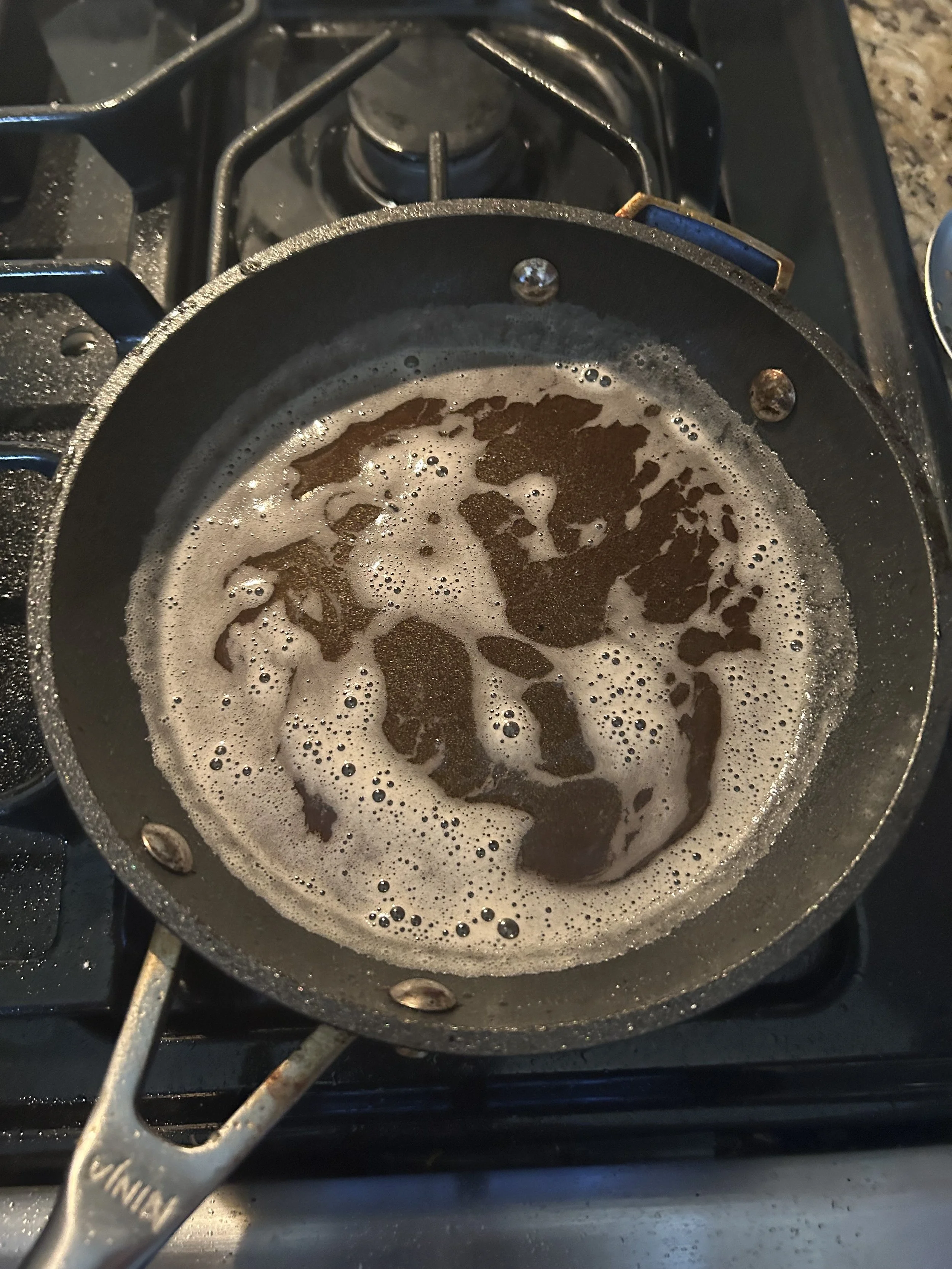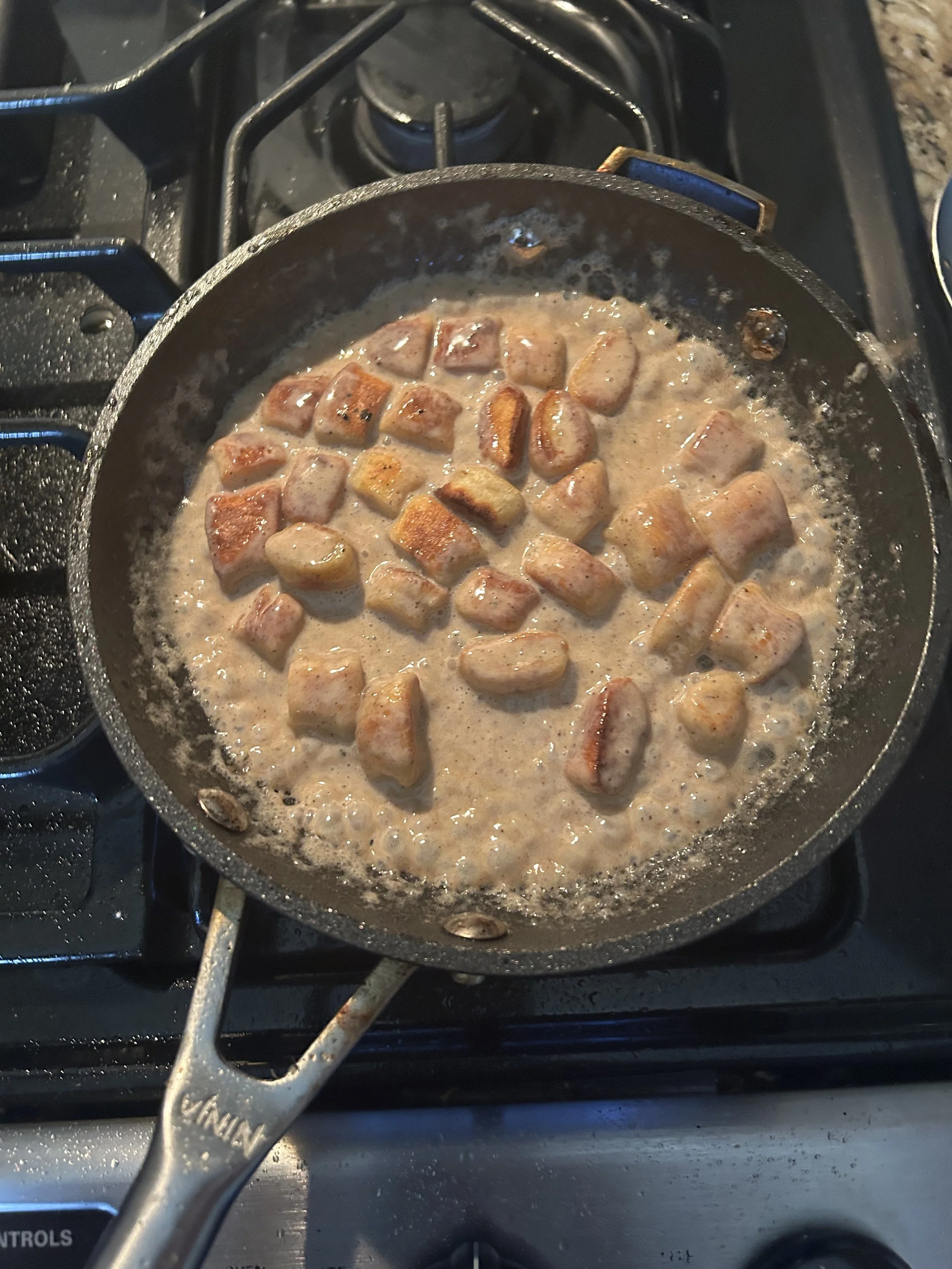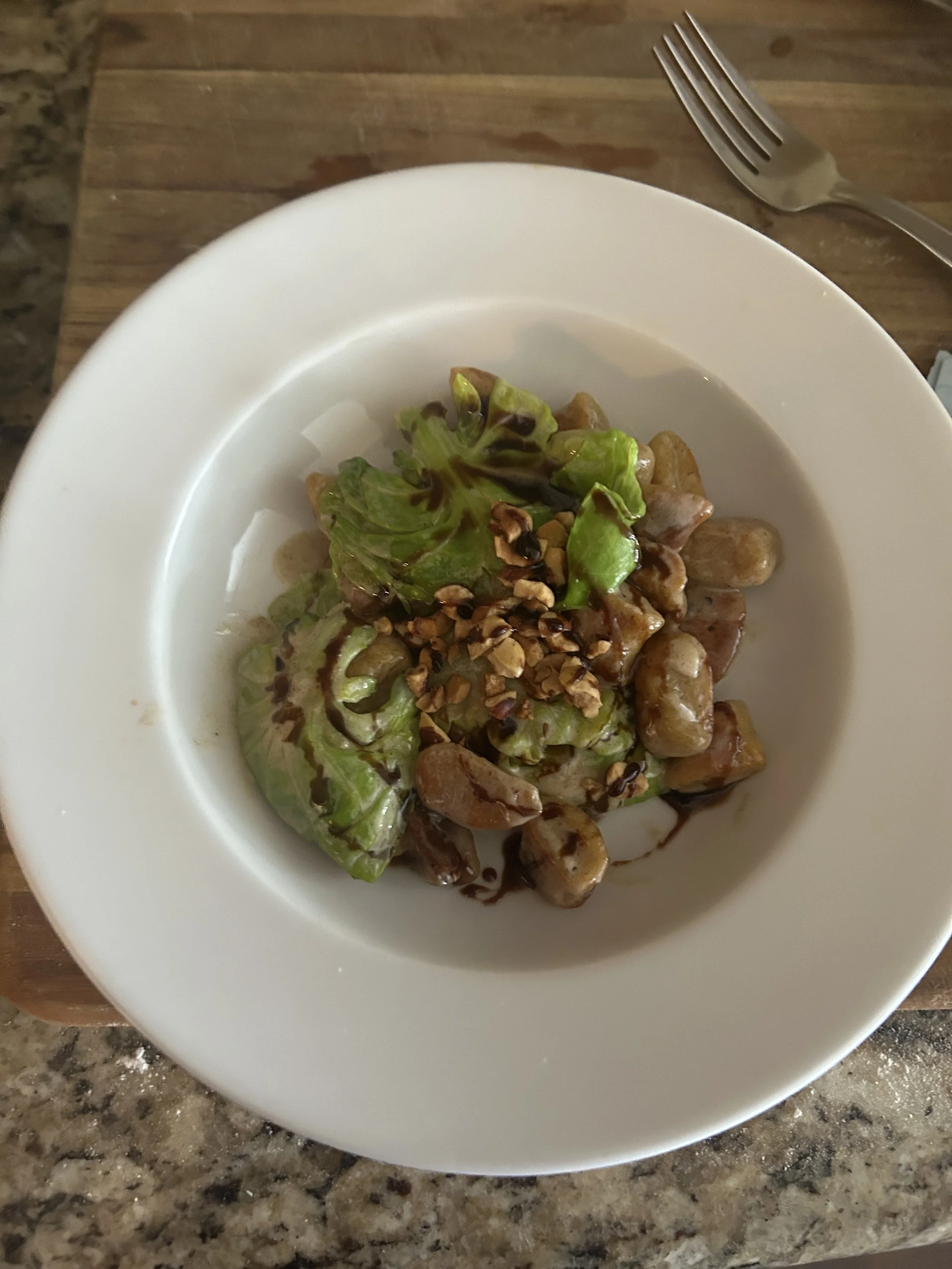Ricotta Gnocchi
Hello, readers! Today, I will be trying something different!
I am going to attempt to re-create a stunning dish that I had recently, it is ricotta gnocchi with brown butter cream sauce, Brussels sprouts, hazelnuts, and balsamic glaze.
This image shows the original dish that I had
This dish was part of a prix fix Italian dinner that I was lucky enough to experience in Beaver Creek, CO, and was, without question, the dish of the night.
Crispy, fluffy ricotta gnocchi in a creamy brown butter sauce with crunchy hazelnuts and sweet and sticky balsamic glaze, it was the best dish I’ve had all year!
I am going to see if I can recreate this dish at home, and if it goes well then I’ll post this article about it as well as share the recipe!
I began the process by making the ricotta gnocchi. I’ve made potato gnocchi a few times, but haven’t made ricotta gnocchi very often, so this was an experiment for me.
Classic gnocchi is made with flour, eggs, and cooked potatoes, the potatoes giving the gnocchi a creamy, fluffy texture.
Here, I’ll be swapping the potatoes with ricotta, and hopefully it will turn out great!
I began by straining some whole-milk ricotta; the reason is that ricotta has a lot of water, or whey, in it, and that whey can get in the whey (See what I did there?) of the gnocchi keeping its shape.
You could strain the gnocchi in a fine-mesh strainer lined with cheesecloth for 30 minutes, or you can try out this hack that is often used for straining tofu.
Spread the ricotta on three or four layers of paper towels on a baking sheet or other wide vessel, then lay another three or four layers of paper towels on top of that and press down on the ricotta to squeeze out as much whey as possible.
The ricotta should condense by about a third from doing this. Also, if the ricotta ends up sticking to the paper towels, which it can, then you can scrape it off with a thin spatula!
Already, I can tell this is going to be quicker than making potato gnocchi because…hey, I’m not waiting for potatoes to cook.
I then place my strained ricotta into a small bowl and add an egg yolk, some grated parmesan, salt, pepper, and enough flour to pull the mixture together into a loose dough.
You do want to be careful with how much flour you add at this stage, as too much flour can make the finished gnocchi too dense.
You can always add more flour if the dough is too sticky, but you can’t take it away.
I then turn my dough out onto a floured workbench and begin to roll it out. The gnocchi I had at Beaver Creek were tiny, so I made sure to roll the dough to about 1/2 inch thickness, keeping in mind that the gnocchi will expand as they cook. (The ones I made did end up being a bit bigger than the ones I had at the restaurant, but that’s fine.)
I then take a floured pastry cutter and cut the dough into 1/2-inch pieces, making sure that they were as even as possible. I then begin to bring a small pot of salted water to a boil.
While the water comes up to a boil, I turn my focus to another component of the dish, the leaves of Brussels sprouts.
I prepare, I took the thin outer leaves off of a larger sprout and then carefully peeled off the thicker leaves that lied within, being careful not to tear the leaves too much.
Again, the sprouts I used were much bigger than the ones I was served at Beaver Creek, but again that should be fine.
Once the water came to a boil, I then put the leaves in, blanching them for 30 seconds, or until they turned a bright-green color.
I then shocked the leaves in a bowl of ice water to stop the cooking process and maintain their color and flavor and set them aside.
I then carefully drop the gnocchi into the same water, being careful not to splash the boiling water onto myself, and let those cook for about 2 minutes. While they were cooking, I proceeded to heat a small pan with some olive oil over medium-high heat.
The beauty of homemade gnocchi is that it tells you when it’s cooked as it will float to the water’s surface!
Once the gnocchi was cooked, I then drained them from the water. I did save some of the gnocchi’s cooking water just in case, but in all honesty, I didn’t end up needing it as the sauce was perfectly creamy as it was, more on that later.
I then place the gnocchi into the hot pan and let that cook for about 5 minutes, tossing now and then to give them a golden, crispy exterior.
You could blanch the gnocchi in the water and get them cooked, but I love the slightly crispy texture that you get from frying the gnocchi this way.
While the gnocchi is frying, I will turn my attention to some of the garnishes for this dish. First was the hazelnuts, and for those I simply crushed some roasted hazelnuts in a mortar and pestle. I didn’t want them to be super-fine, as I wanted some texture in the dish.
Then came the balsamic drizzle. So for this I…well, you see…I…I bought some balsamic glaze…I think I just heard every Italian chef cry all at once.
*Look, if you want to make your own balsamic reduction glaze, you could reduce a cup of good balsamic vinegar with 1/4 cup of brown sugar until it reaches a thick, syrupy consistency, but I already went to the trouble of making the gnocchi, so I think it’s okay.
Besides, restaurants all over the country use this stuff, so it’s fine!
Once the gnocchi reached a nice golden color, I then removed them onto a plate lined with paper towels to remove any excess oil and keep the gnocchi from becoming greasy.
It was then time for the final component of the dish, the brown butter sauce.
To make this, I started by melting some butter in the same pan that I fried the gnocchi in and letting that go on medium heat, swirling frequently, until the butter gave off a roasted smell and specs of brown formed.
(I used nonstick for this, but a stainless pan would allow you to see the butter browning easier. Your choice!)
Once the butter was nicely brown, I then took the butter off the heat and swirled in enough heavy cream to cool down the butter and turn it into a nice sauce.
I then toss my gnocchi into the sauce and let that simmer for a minute until the sauce reaches a creamy consistency, seasoning with salt and pepper at the end. I also tossed in the Brussels sprout leaves to warm them slightly.
Compare this dish to the one at the top of the page. Looks pretty similar, doesn’t it?
To plate, I spooned the gnocchi into a shallow bowl, topping it with the sprout leaves, a drizzle of the sauce, the hazelnuts, and a drizzle of the balsamic glaze.
The taste was almost identical to the dish I had in Beaver Creek! The gnocchi was light and fluffy, the sauce had that richness and depth of flavor along with the nutty notes of the brown butter, the sprout leaves were nicely cooked, the nuts provided a wonderful texture, and the glaze’s sweet acidity tied the whole dish together!
If I had to ding myself on a few things, it would be this: The gnocchi didn’t really have the crispy texture I was hoping for, I probably let them simmer into the sauce for too long. Also, the sauce was a bit salty, I should’ve tasted the sauce before adding any additional salt, that was on me entirely.
But as a whole, the dish was almost as delicious as the one that a fancy restaurant chef made, and I now feel more confident as a cook because of it!
And if you want to make this dish at home, then here is how you can do so! It’s a great dish for vegetarians and can make you feel like you’re a chef in Italy!
Ricotta Gnocchi with Brown Butter
Servings: 4
1 1/2 cups of whole-milk ricotta cheese
1 cup of flour, plus more for dusting
3 egg yolks
1/2 cup of grated parmesan cheese
kosher salt
freshly ground black pepper
2 large Brussels sprouts, outer leaves removed and inner leaves gently pulled back.
Olive oil
1 stick of unsalted butter
1 cup of heavy cream
1/4 cup of crushed roasted hazelnuts
Balsamic glaze, for garnish. *(Homemade or store-bought, see above)
Bring a large pot of salted water to a boil.
Spread the ricotta onto a large baking sheet lined with three or four layers of paper towels. Lay another three or four layers of paper towels on top, then press firmly to squeeze out as much whey as possible.
You should end up with about a cup of strained ricotta.Scrape the ricotta with a spatula into a bowl, then add the flour, egg yolks, parmesan, and season with salt and pepper to taste. Mix until a loose dough forms, then dump onto a floured work surface and use your hands to bring the dough together into a ball.
Divide the dough into four pieces, then roll each piece into a 1/2-inch thick log. Use a pastry cutter to cut each log of dough into small pieces, then roll all of the pieces into the bench flour to coat.
Blanch the Brussels sprout leaves in the boiling water for about 30 seconds, or until they turn bright green, then remove with a slotted spoon into a bowl of ice water to shock.
Carefully drop the dough pieces into the water, then cook until the gnocchi floats to the water’s surface. Meanwhile, heat a large skillet with some olive oil over medium-high heat.
Drain the gnocchi, then place into the hot skillet and cook for 5 minutes, tossing occasionally, until the gnocchi become golden brown on all sides. Remove onto a paper towel-lined plate then set aside while you make the sauce.
In the same skillet, melt the butter on medium heat and cook, swirling often, until specs of brown form in the butter, and it smells nutty. Remove the skillet from the heat, then slowly add the heavy cream, swirling, so the cream emulsifies.
Return the gnocchi to the skillet, then cook for a minute over medium heat, or until the sauce has reduced to a thick, creamy consistency. Season the sauce with salt and pepper to taste, and add the sprout leaves towards the very end.
Divide the gnocchi and sprout leaves amongst shallow bowls, then top with a drizzle of sauce, the hazelnuts, and a drizzle of the balsamic glaze.
Godere! (That means enjoy)

